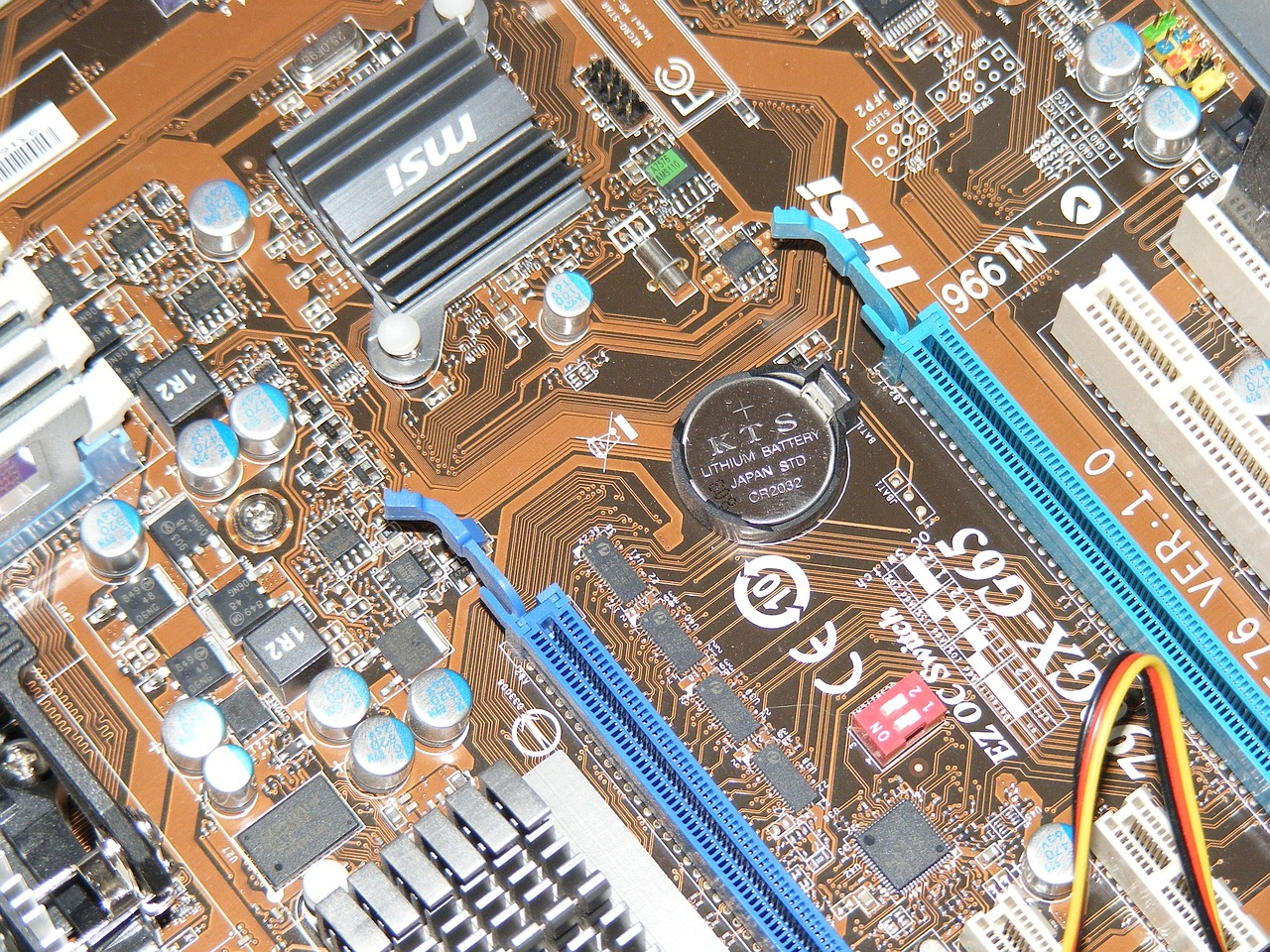Tech in Social Impact: Bridging the Gap in Digital Access
Digital inclusion is crucial for creating equitable opportunities for individuals in society. In today’s increasingly digital world, access to technology and the internet is essential for education, employment, and social connection. Without digital inclusion, marginalized communities face greater barriers to participating in the digital economy and accessing critical services.
Moreover, digital inclusion promotes overall societal progress by enabling knowledge sharing, innovation, and collaboration. When individuals from all backgrounds have the tools and skills to navigate the digital landscape, it fosters a more inclusive and diverse society. By bridging the digital divide, we can ensure that everyone has the opportunity to fully engage in the opportunities and benefits that technology offers.
Barriers to Accessing Technology in Underserved Communities
Access to technology in underserved communities is often hindered by a lack of infrastructure. In many areas, there is inadequate internet connectivity and limited availability of devices, making it difficult for residents to stay connected and access important resources online. This digital divide exacerbates existing inequalities and limits opportunities for education, employment, and social engagement.
Additionally, affordability poses a significant barrier to technology access in underserved communities. Many individuals in these areas cannot afford devices like smartphones, laptops, or tablets, as well as the costs associated with internet service. As a result, they are unable to fully participate in the digital world, further widening the gap between those who have access to technology and those who do not.
What is digital inclusion and why is it important in society?
Digital inclusion refers to ensuring that all individuals have access to and the ability to use technology. It is important in society as technology has become essential for accessing information, education, job opportunities, healthcare, and social connections.
What are some common barriers to accessing technology in underserved communities?
Some common barriers include lack of affordable internet access, limited access to devices such as computers or smartphones, inadequate digital skills and literacy, and lack of awareness about available resources and opportunities.
How does the lack of access to technology impact underserved communities?
The lack of access to technology can further exacerbate existing inequalities, limiting opportunities for education, employment, healthcare, and civic engagement. It can also isolate individuals from important information and services that are increasingly being delivered online.
What can be done to address the barriers to accessing technology in underserved communities?
Solutions include increasing access to affordable internet services, providing devices such as computers or smartphones to those in need, offering digital skills training programs, and raising awareness about available resources and tools for accessing technology.
How can individuals and organizations help promote digital inclusion in underserved communities?
Individuals and organizations can support initiatives that aim to bridge the digital divide by volunteering their time, donating resources, advocating for policy changes, and helping to educate others about the importance of digital inclusion.





